Ready to explore the fascinating world of horseback riding? Strap on your boots and saddle up, because we’re diving deep into the connection between horseback riding and mythology. Have you ever wondered if there are any mythological creatures or stories that involve horses? Well, you’re in for a treat!
In this article, we’ll take a closer look at how horseback riding has been intertwined with mythology throughout history. From the mighty Pegasus of Greek mythology to the valiant centaurs, mythical creatures have long been associated with the equestrian world. You’ll be amazed at the legends and folklore that have shaped our perception of horses and riding.
So, grab a cup of coffee, get cozy, and get ready to embark on a journey through ancient myths and legends. By the end of this article, you’ll have a greater understanding of the rich tapestry that connects horseback riding to mythology. And if you’re hungry for more, stay tuned for future blog posts where we’ll continue to explore the captivating world of horseback riding.
Horseback Riding and its Connection to Mythology
Horseback riding is not just a recreational activity or a sport; it has a deep-rooted connection to human history and mythology. Throughout time, horses have played a significant role in various cultures, symbolizing strength, freedom, and companionship. This article explores the rich history of horseback riding and its connection to mythology.
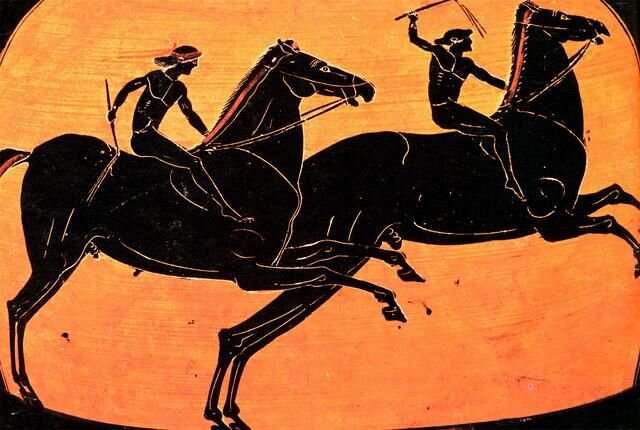
Origins of horseback riding
Horseback riding can trace its origins back thousands of years. The domestication of horses is believed to have begun around 4000 BCE, initially for their meat and milk. However, as humans realized the potential of horses as reliable transportation, they began to harness their strength and agility for riding purposes.
Early use of horses for transportation
As early as 2000 BCE, horses were being used for transportation in many parts of the world. The invention of the saddle and stirrup revolutionized the way humans rode horses. This allowed for greater stability and control, enabling riders to travel longer distances and engage in activities such as warfare and hunting.
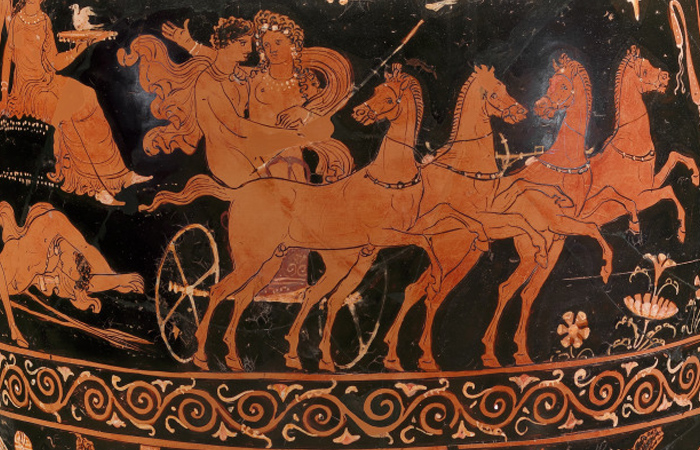
Significance of horses in different cultures
Horses hold immense significance in various cultures around the world. In Greek mythology, the winged horse Pegasus was believed to be a symbol of wisdom and poetic inspiration. In Norse mythology, Odin, the chief god, rode an eight-legged horse named Sleipnir, representing power and knowledge.
In ancient Hindu scriptures, the horse is associated with gods and is often seen as a sacrificial animal. In Celtic mythology, the goddess Epona was depicted as a horse deity, symbolizing fertility, sovereignty, and protection. These examples demonstrate the deep and diverse mythological connections to horseback riding.
Benefits of Horseback Riding
Apart from its historical and mythological significance, horseback riding offers numerous physical, mental, and emotional benefits to riders. Whether you are a beginner or an experienced rider, the following benefits can be experienced through horseback riding.
Physical benefits of horseback riding
Horseback riding is a physically demanding activity that engages various muscle groups in the body. The constant balance and coordination required to ride a horse strengthen core muscles, improve posture, and enhance overall body strength. The repetitive motions of riding also serve as a low-impact form of exercise, promoting cardiovascular health and improving flexibility.
Mental and emotional benefits of horseback riding
Spending time with horses can have a profound impact on mental and emotional well-being. Interacting with these gentle creatures can reduce stress levels, increase feelings of happiness, and improve overall mood. The peaceful and serene environment of horse farms and stables provides a therapeutic escape from the pressures of everyday life.
Therapeutic benefits of horseback riding
Horseback riding has been widely recognized as a therapeutic activity for individuals with physical, cognitive, and emotional disabilities. Equine-assisted therapy, also known as therapeutic riding, utilizes the movement and connection with horses to promote physical and emotional healing. It has shown positive results in improving motor skills, coordination, and self-confidence among individuals with special needs.
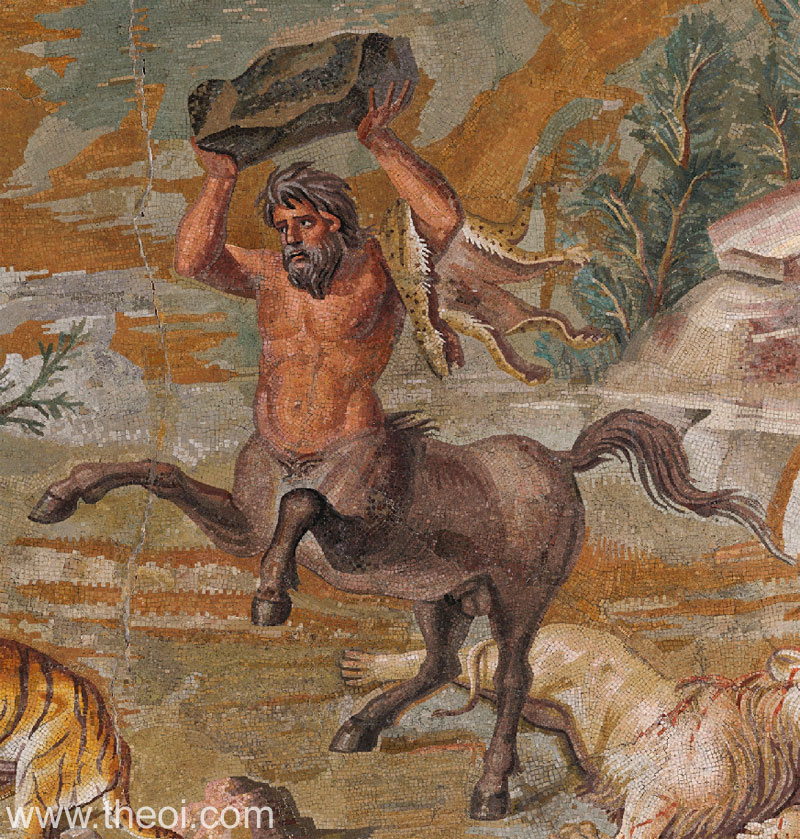
Popular Horseback Riding Styles
Horseback riding is also diverse in terms of riding styles. Different cultures and regions have developed their unique riding techniques and traditions. Some of the popular riding styles practiced today include the following:
English riding style
The English riding style, originating from Europe, focuses on elegance, precision, and control. This style is commonly seen in horse shows and dressage competitions. English riders typically use a lighter saddle and employ a two-point or forward seat position for jumping and galloping.
Western riding style
The Western riding style is deeply rooted in the cowboy culture of the American West. It emphasizes a relaxed and comfortable seat, often using a larger and heavier saddle with a horn. Western riders commonly engage in activities such as trail riding, roping, and cutting.
Dressage
Dressage is a highly skilled and disciplined form of horseback riding. It originated in ancient Greece and focuses on precise movements and communication between the rider and the horse. Dressage riders strive for perfect harmony and balance, showcasing the horse’s athleticism and responsiveness.
Jumping
Jumping, also known as show jumping or stadium jumping, is an exciting and competitive equestrian sport. It involves navigating a series of obstacles, including fences and barriers, at high speeds. Jumping requires precise timing, coordination, and trust between the rider and the horse.
Equipment and Gear for Horseback Riding
To fully enjoy and engage in horseback riding, riders must familiarize themselves with the essential equipment and gear associated with this activity. The following items are commonly used in horseback riding:
Types of saddles
Saddles serve as the primary seating and support for riders. There are various types of saddles, including English saddles, Western saddles, and endurance saddles. Each saddle is designed specifically for different riding styles and provides comfort and stability for both the rider and the horse.
Bridles and bits
Bridles are used for steering and controlling the horse while riding. They consist of a headstall, reins, and a bit. Bits, made of metal or synthetic materials, are placed in the horse’s mouth and communicate signals from the rider’s hands to the horse’s head and neck.
Horse grooming tools
Proper grooming is essential to maintain the health and well-being of horses. Grooming tools include brushes, combs, hoof picks, and grooming mitts. Regular grooming not only keeps the horse’s coat clean and shiny but also helps build trust and establish a bond between the rider and the horse.
Protective gear for riders
Safety should always be a priority when riding horses. Riders must wear appropriate protective gear, including a riding helmet, riding boots with heels, and riding gloves. These items can prevent serious injuries in case of falls or accidents and ensure a safe and enjoyable riding experience.
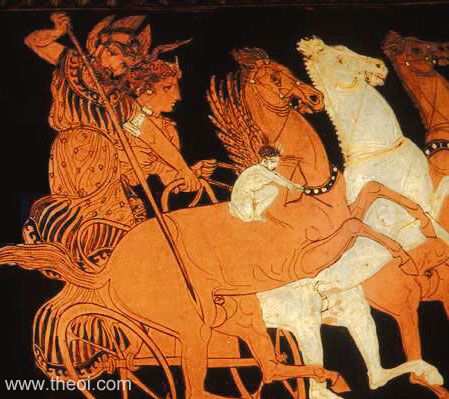
How to Choose the Right Horse for Riding
When selecting a horse for riding, several factors must be considered to ensure a suitable match between the rider and the horse. The following considerations can help in choosing the right horse for riding:
Considerations when selecting a horse for riding
- Skill level of the rider: Beginner riders may require a calm and well-trained horse, while experienced riders may prefer a more spirited and responsive mount.
- Size and build of the horse: The horse’s size should be compatible with the rider’s height, weight, and riding style.
- Temperament and personality: Some horses are naturally more laid-back and gentle, while others may be more high-strung and energetic.
- Desired riding discipline: Different horse breeds are better suited for specific riding disciplines, such as dressage, jumping, or trail riding.
Different horse breeds and their suitability for riding
Various horse breeds excel in different types of riding disciplines. Thoroughbreds and Warmbloods are often favored for jumping and dressage due to their athleticism and agility. Quarter Horses are popular for Western riding, with their strong build and calm temperament. It is important to research and consult with experienced equestrians to find a horse breed that aligns with your riding goals.
Training and handling of horses for riding
Before riding a horse, it needs to be properly trained and handled to ensure obedience and responsiveness. Basic training usually involves teaching the horse to be comfortable with saddles, bridles, and the weight of a rider. Professional trainers or experienced riders can offer guidance and assistance in the training process.
Basic Techniques of Horseback Riding
To become a skilled rider, one must learn and master the basic techniques of horseback riding. Whether you are a novice or an experienced rider, these techniques are essential for improving your riding abilities:
Mounting and dismounting
Proper mounting and dismounting techniques ensure the safety and comfort of both the rider and the horse. Mounting involves placing the left foot in the left stirrup, swinging the right leg over the horse’s back, and gently sitting down in the saddle. Dismounting is the reverse process, ensuring a controlled and graceful exit from the saddle.
Proper posture and balance
Maintaining a correct posture and balance while riding is crucial for effective communication with the horse and maintaining stability. Riders should sit up straight, relax their shoulders, and distribute their weight evenly in the saddle. Engaging core muscles and keeping heels down helps maintain balance and stability.
Reins and leg aids
The reins are the primary means of communicating with the horse’s head and controlling its movements. Riders use their hands and fingers to apply pressure or release tension on the reins, signaling the desired direction, speed, or gait. Leg aids, such as squeezing or lightly kicking the horse’s sides, can also be used to communicate specific movements or cues.
Navigating different gaits
Horses have various natural gaits, including walk, trot, canter, and gallop. Riders must learn how to cue and transition between these gaits smoothly and confidently. Each gait has a distinct rhythm and pace, and riders must adjust their posture and balance accordingly.
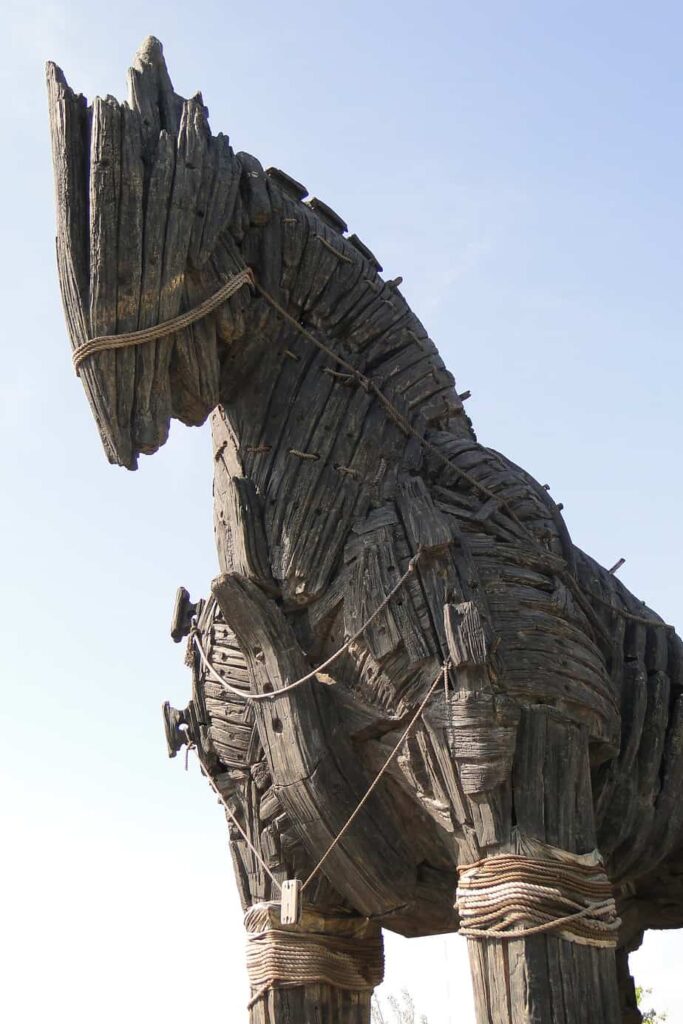
Safety Precautions for Horseback Riding
Horseback riding involves inherent risks, and it is essential to prioritize safety at all times. Riders should follow these safety precautions for a secure and enjoyable riding experience:
Wearing appropriate safety gear
Always wear a properly fitted riding helmet that meets safety standards to protect your head in case of falls or accidents. Riding boots with a small heel offer stability and prevent feet from slipping through the stirrups. Riding gloves can provide a better grip on the reins and protect hands from blisters or friction.
Essential safety guidelines for riders
- Always ride under the supervision or guidance of an experienced equestrian, especially if you are a beginner.
- Warm-up and stretch before riding to prevent muscle strains or injuries.
- Never ride alone in remote areas; always have a riding partner or inform someone about your riding plans.
- Observe and follow traffic rules when riding on public roads or trails.
- Stay alert and aware of your surroundings, especially in unfamiliar or challenging terrains.
Understanding the behavior of horses
Horses are intelligent animals with their instincts and behaviors. Understanding their body language, reactions, and temperaments can help prevent accidents and establish a better rapport with them. Always approach horses calmly and avoid sudden movements or loud noises that could startle them.
Preventing and handling emergencies
In case of emergencies or unexpected situations, riders should remain calm and follow these guidelines:
- If the horse becomes uncontrollable or starts running, try to steer it in large circles or figure eights to regain control.
- If you fall from the horse, try to roll away to minimize the risk of being kicked or trampled.
- In case of injuries to yourself or the horse, seek immediate medical or veterinary attention.
Horseback Riding Etiquette
Horseback riding etiquette is essential for maintaining a harmonious environment among riders and promoting safety on trails and in riding arenas. Consider the following etiquette guidelines:
Respecting other riders on the trail
When riding on trails or paths, always yield to pedestrians or slower-moving riders. Pass others with caution, ensuring a safe distance between horses. Communicate any potential hazards, such as loose or aggressive horses, to fellow riders.
Proper behavior in riding arenas
When riding in arenas or enclosed spaces:
- Follow the designated flow of traffic and abide by any posted rules or instructions.
- Be aware of your surroundings and give ample space to other riders, especially during jumps or fast-paced exercises.
- Avoid sudden stops or changes of direction that could startle nearby horses.
Caring for horses and their environment
Responsible horsemanship involves proper care and respect for horses and their environment. Follow these guidelines:
- Always clean up after your horse by removing manure and disposing of it properly.
- Use designated areas for tying or grooming horses to prevent damage to vegetation or property.
- Avoid overworking or overexerting your horse; provide regular breaks, food, and water.
Horse Care and Management
To keep horses healthy and happy, proper care and management are essential. The following aspects of horse care should be prioritized:
Feeding and nutrition
Horses require a balanced diet that consists of roughage, such as hay or grass, and supplemental grains or concentrated feeds. The specific nutritional needs of a horse depend on its age, breed, size, and activity level. Consult with a veterinarian or equine nutritionist to establish a suitable feeding plan for your horse.
Stable and pasture management
Providing a clean, comfortable, and safe environment is crucial for horses’ well-being. Stables should be well-ventilated, free from sharp edges or protrusions, and regularly cleaned to prevent the buildup of manure or ammonia odors. Pastures should be adequately fenced and maintained to provide horses with access to natural grazing.
Regular veterinary care
Routine veterinary care, including vaccinations, dental check-ups, and hoof care, is vital to prevent and detect any health issues in horses. Regular deworming and parasite control measures should also be implemented. Consult with a veterinarian to establish a comprehensive veterinary care plan for your horse.
Horse behavior and socialization
Horses are herd animals and thrive on social interaction. They require regular exercise, mental stimulation, and socialization with other horses to maintain their physical and emotional well-being. Provide opportunities for turnout in a suitable pasture or paddock, allowing horses to interact naturally with their peers.
Competitive Horseback Riding
Competitive horseback riding offers riders the opportunity to showcase their skills, bond with their horses, and compete against other riders. Various equestrian disciplines encompass different styles and competitions. Some popular competitive horseback riding disciplines include:
Different equestrian disciplines
- Dressage: A highly technical discipline that showcases the horse’s obedience, precision, and athleticism through a series of precise movements.
- Show jumping: A timed event where riders and horses navigate a course of obstacles, including fences and jumps, without knocking down any elements.
- Eventing: Also known as the three-day event, it combines dressage, cross-country jumping, and show jumping to test the horse and rider’s abilities in various settings.
- Barrel racing: A popular rodeo event where riders and horses race around barrels in a cloverleaf pattern, testing their speed and agility.
Training and preparation for competitions
Competitive horseback riding requires dedicated training and preparation. Riders must establish a training schedule that incorporates discipline-specific exercises, regular practice sessions, and conditioning exercises for both the rider and the horse. Working with a qualified coach or trainer can help fine-tune skills and prepare for competitions.
Scoring and judging in horse shows
Horse shows employ specific scoring systems and judging criteria to evaluate performances. Judges assess the horse’s movement, form, responsiveness, and overall performance, as well as the rider’s position, communication, and execution of cues. Riders must understand the rules and guidelines of each competition to maximize their scores and chances of success.
Horseback Riding as a Therapeutic Activity
Beyond its recreational and competitive aspects, horseback riding has gained recognition as a therapeutic activity for individuals with physical, cognitive, and emotional disabilities. The symbiotic relationship between humans and horses creates a unique therapeutic environment that promotes healing and growth.
Equine-assisted therapy
Equine-assisted therapy utilizes interactions with horses to address a wide range of physical, emotional, and developmental challenges. Working with horses can promote self-confidence, improve physical strength and coordination, and enhance communication and social skills. Equine-assisted therapy is commonly used in therapeutic riding programs, rehabilitation centers, and counseling sessions.
Benefits of horseback riding for individuals with disabilities
Horseback riding provides numerous benefits for individuals with disabilities, including but not limited to:
- Improved balance, coordination, and muscle strength.
- Enhanced sensory perception and body awareness.
- Increased self-confidence and self-esteem.
- Development of social and emotional skills.
- Stress reduction and improved overall well-being.
Organizations promoting therapeutic riding
Numerous organizations worldwide are dedicated to promoting and providing therapeutic horseback riding programs. These organizations focus on tailoring riding experiences to different disabilities and individual needs. Examples of such organizations include Equestrian Therapy Associations, Riding for the Disabled Association, and the North American Riding for the Handicapped Association.
Famous Horses in History and Mythology
Horses have left an indelible mark on history and mythology, often becoming legendary figures in their own right. Here are some examples of famous horses from various historical periods and mythologies:
Legendary horses in mythology
- Pegasus: In Greek mythology, Pegasus was a winged horse, born from the blood of Medusa, and was later tamed and ridden by the hero Perseus.
- Sleipnir: In Norse mythology, Sleipnir was an eight-legged horse ridden by Odin, the chief god. Sleipnir symbolized speed, strength, and wisdom.
- Chetak: In Indian mythology, Chetak was the legendary horse ridden by Maharana Pratap. Chetak was known for its loyalty, bravery, and unwavering devotion to its rider.
Historical horses with significant impact
- Bucephalus: Bucephalus was the beloved horse of Alexander the Great, who conquered vast territories of the ancient world. Bucephalus was known for its strength, loyalty, and unwavering bond with Alexander.
- Comanche: Comanche was a famous war horse ridden by Captain Myles Keogh during the Battle of Little Bighorn. The horse survived the battle, becoming a symbol of bravery and resilience.
Horses in popular culture
- Black Beauty: Black Beauty is the fictional horse protagonist of the novel of the same name written by Anna Sewell. The novel highlights the mistreatment of horses and promotes animal welfare.
- Spirit: Spirit is the main character in the animated film “Spirit: Stallion of the Cimarron.” The film tells the story of a wild horse’s journey for freedom and captures the spirit and resilience of horses.
Mythological Connections to Horseback Riding
Horse deities and their association with horseback riding can be found in various mythologies and cultures. Horses have long symbolized power, freedom, and spirituality in different mythological traditions.
Horse deities and gods in different mythologies
- Epona: In Celtic mythology, Epona was the goddess of horses, often depicted as a horse deity herself. She represented fertility, sovereignty, and protection.
- Hayagriva: In Hindu mythology, Hayagriva is a horse-headed deity associated with knowledge, wisdom, and divine grace. Hayagriva is also viewed as the guardian of sacred scriptures.
Symbolic significance of horses in myths and folklore
Horses often symbolize various qualities and ideals in mythology and folklore, including:
- Strength and power: Horses are commonly associated with strength, valor, and the ability to overcome obstacles.
- Freedom and mobility: Horses’ ability to run swiftly and traverse great distances connects them to the ideals of freedom and exploration.
- Spirituality and divine connection: Many mythological stories portray horses as sacred beings, bridging the gap between the human and spiritual realms.
Conclusion
Horseback riding is not merely a recreational activity; it is deeply intertwined with human history, mythology, and cultural symbolism. From the origins of horseback riding as a mode of transportation to its modern-day therapeutic applications, horses have consistently captivated human imagination and played a significant role in various aspects of human life.
The diverse styles, disciplines, and techniques of horseback riding cater to individual preferences and goals, ensuring that there is something for everyone in the world of equestrianism. By understanding the history, mythology, and benefits of horseback riding, we can open ourselves up to the profound connection between humans and these magnificent creatures.
Whether you are a seasoned rider, a beginner, or someone intrigued by the mystique of horses, horseback riding undoubtedly offers a transformative and enriching experience. So saddle up, take the reins, and embark on a journey that will not only strengthen your physical skills but also nourish your mind, body, and soul.
For more information and resources on horseback riding, visit horsebackridingdude.com, a website dedicated to providing comprehensive information about horseback riding from various angles.